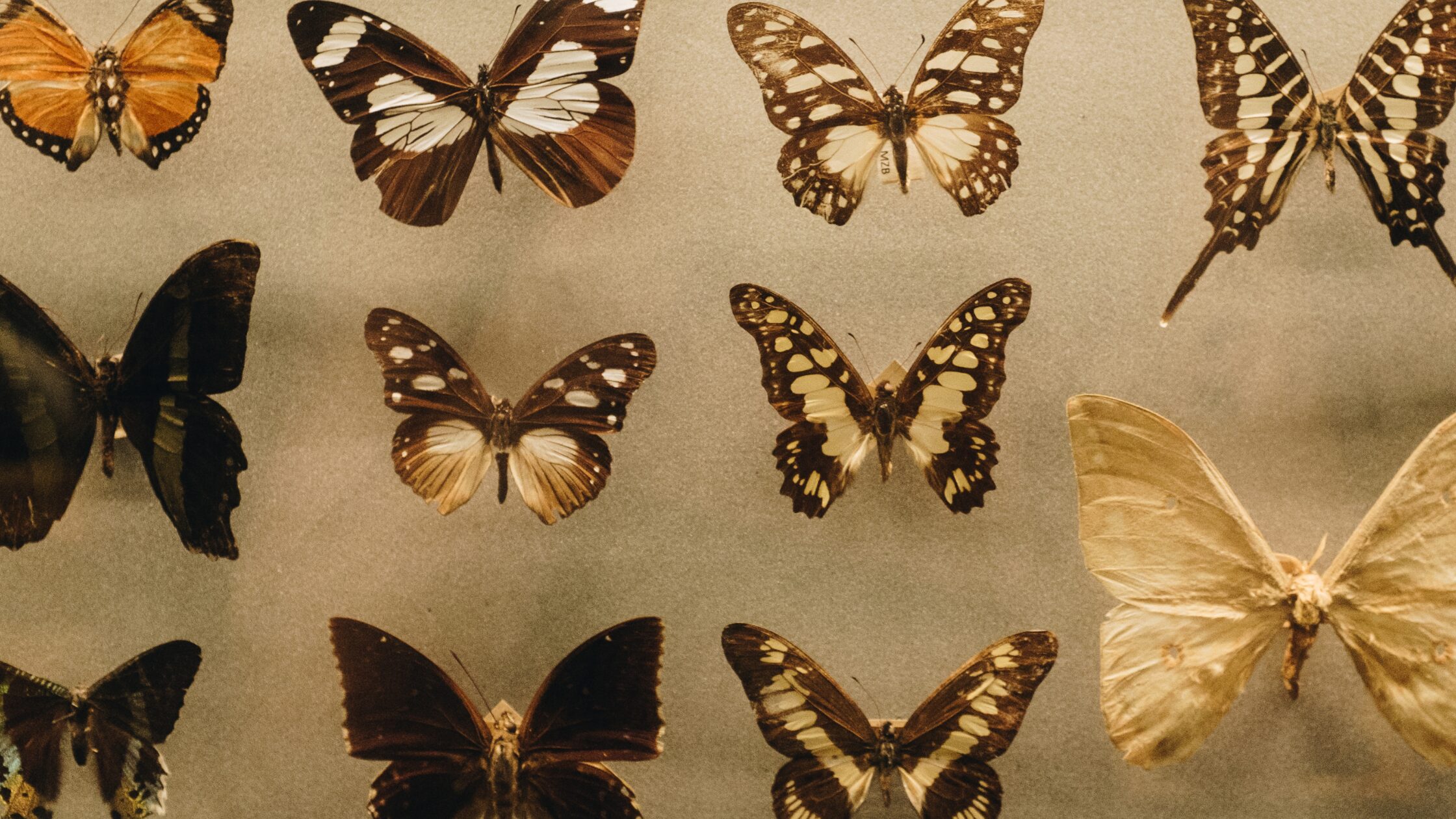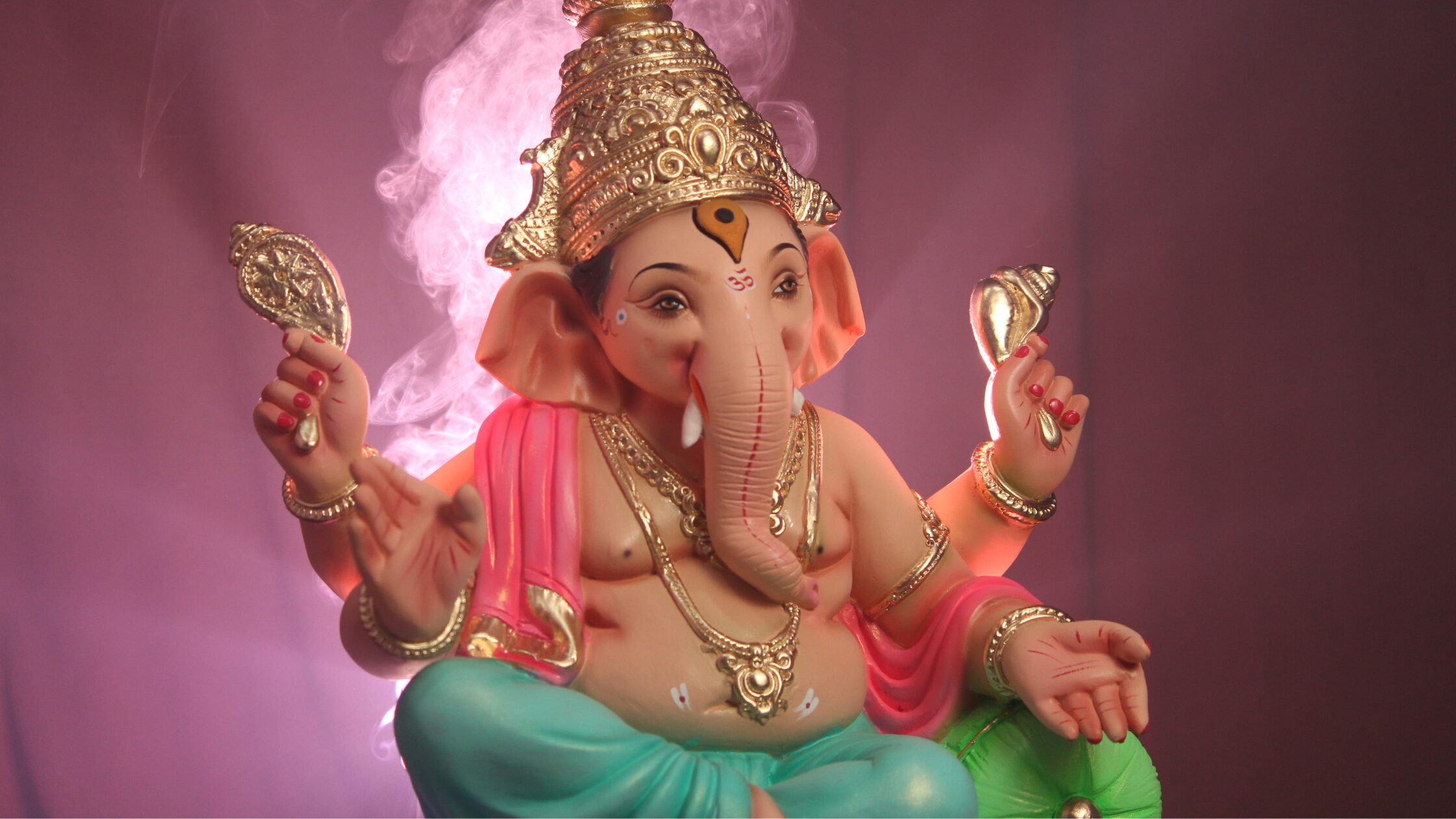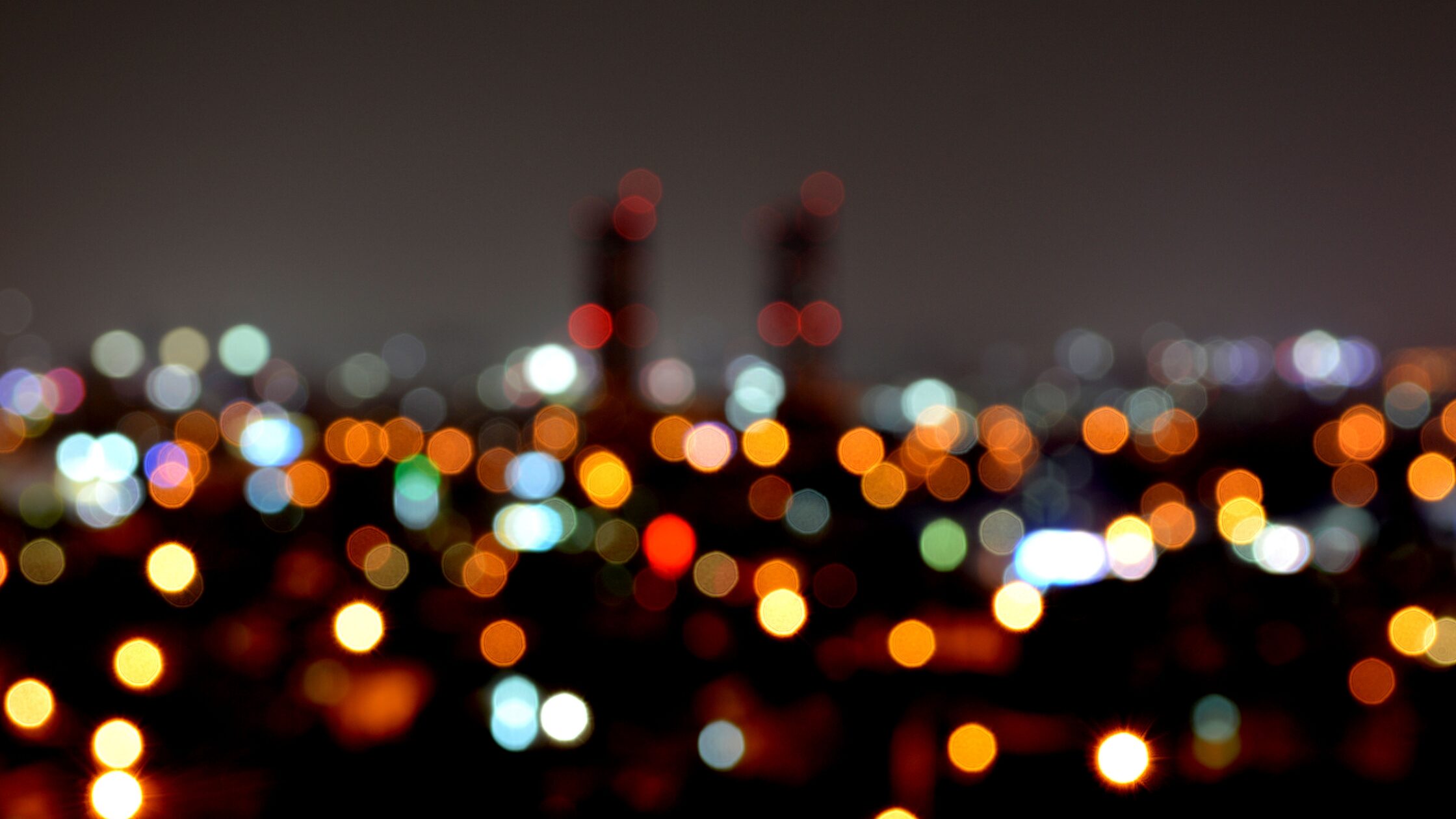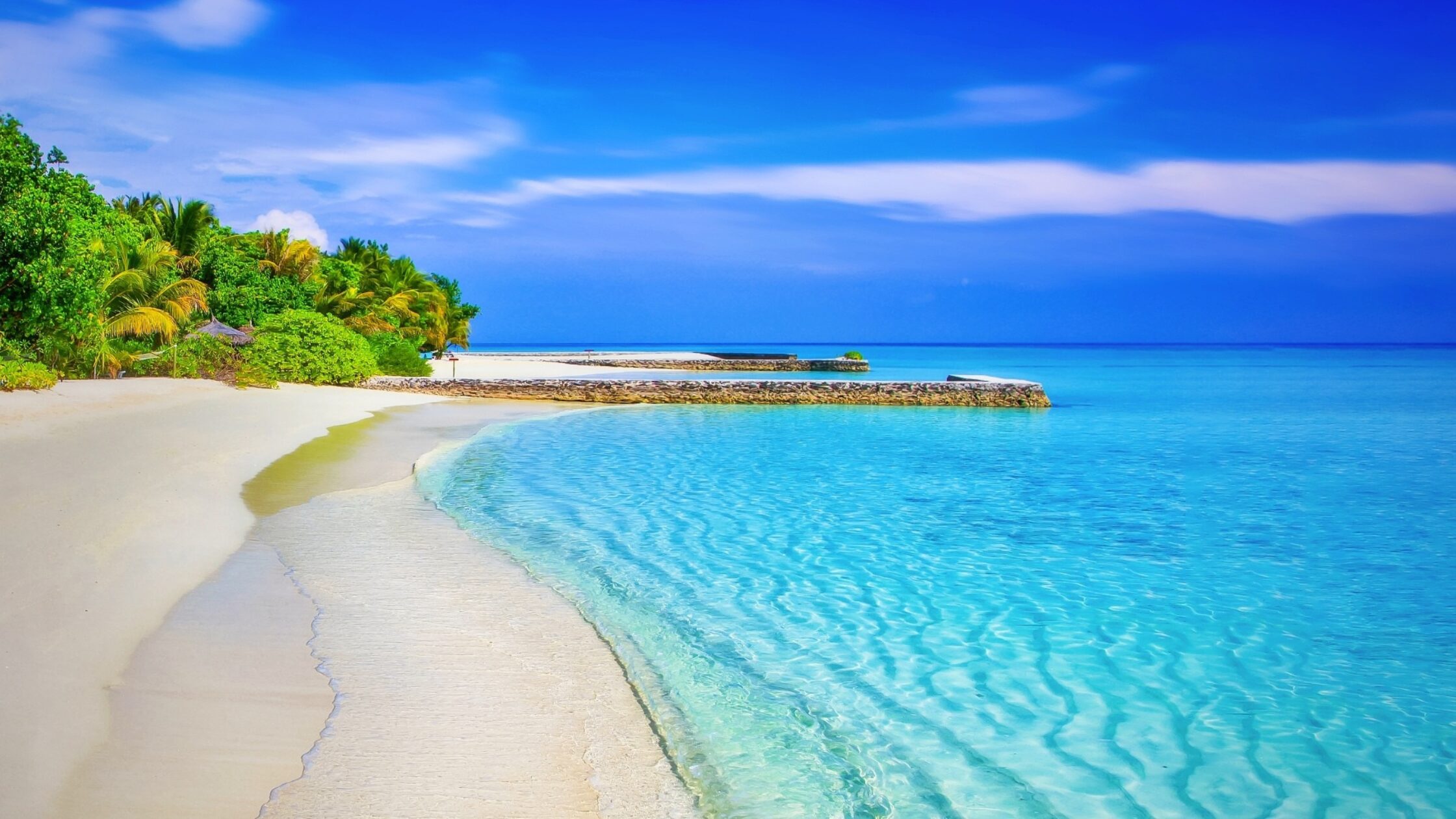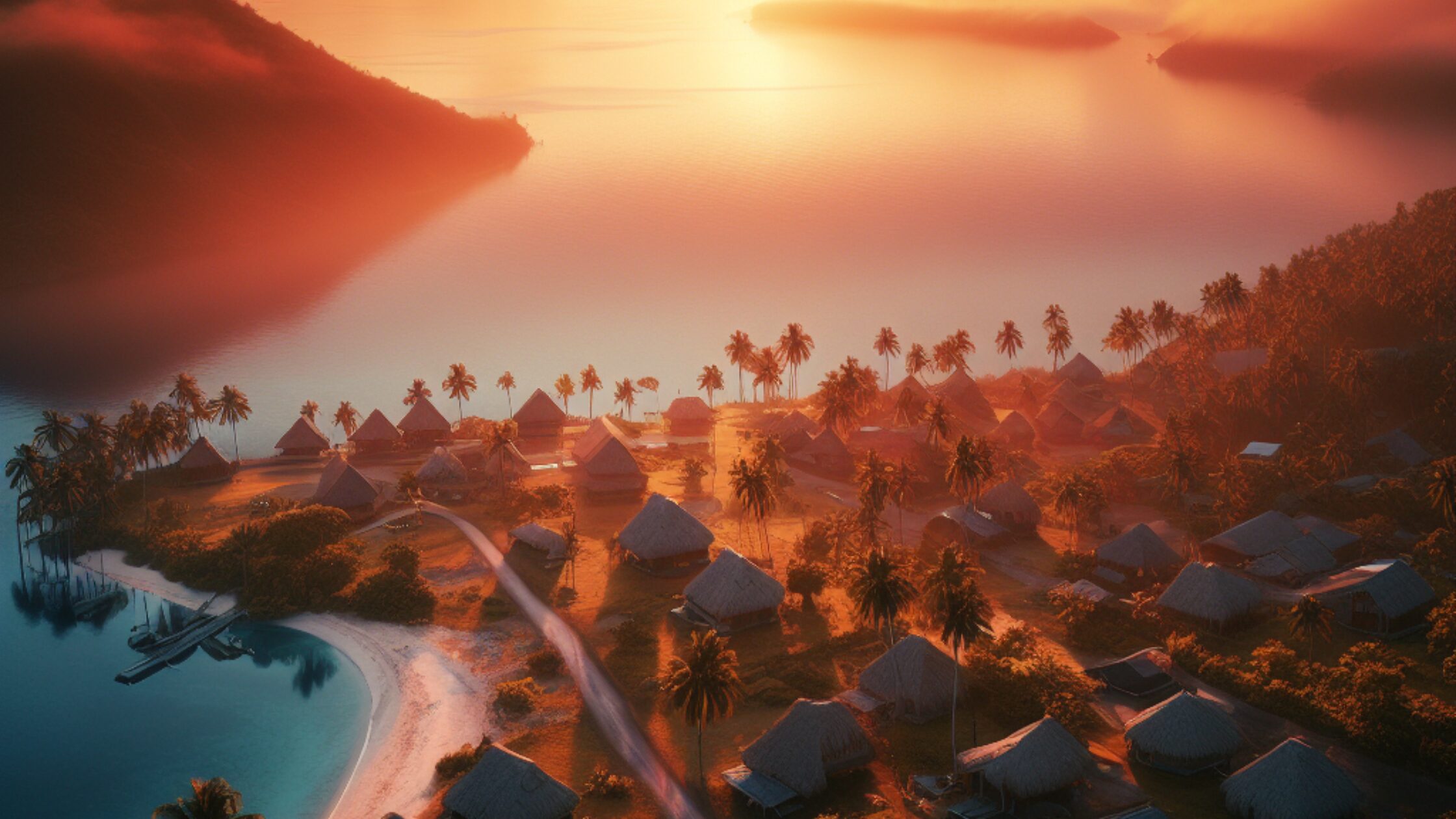Here are some of the best historical sites to visit in Fiji:
- Sri Siva Subramaniya Temple: Located in Nadi, this Hindu temple is the largest of its kind in the Southern Hemisphere and is adorned with intricate Dravidian architecture and colorful statues.
- Fiji Museum: Situated in Suva, the Fiji Museum showcases the country’s rich cultural heritage through its collection of artifacts, photographs, and exhibits highlighting Fiji’s history, art, and archaeology.
- Tavuni Hill Fort: This ancient fortification, located near Sigatoka, offers panoramic views of the surrounding landscape and provides insight into Fiji’s pre-colonial history and defense strategies.
- Levuka Historical Port Town: Recognized as a UNESCO World Heritage Site, Levuka is Fiji’s first capital and features well-preserved colonial-era buildings, churches, and landmarks that offer a glimpse into Fiji’s past.
- Momi Bay Gun Site: These World War II coastal defense gun emplacements, located near Nadi, provide a fascinating insight into Fiji’s wartime history and strategic importance during the Pacific campaign.
- Cannibal Cave: Situated in the Sigatoka Valley, this cave is believed to have been used by Fiji’s indigenous people for cannibalistic rituals and ceremonies, offering a chilling reminder of Fiji’s dark past.
- Naihehe Cave: Also known as the “Cave of the Wandering Spirits,” this limestone cave near Sigatoka was once a fortress and refuge for the Naihehe tribe, providing a glimpse into traditional Fijian cave-dwelling culture.
- Vatukarasa Village: This traditional Fijian village, located near Sigatoka, offers visitors the opportunity to experience authentic Fijian culture, customs, and traditions, including traditional ceremonies and rituals.
- Wairiki Mission Station: Situated on Taveuni Island, this historic mission station dates back to the 19th century and features a church, school, and cemetery, providing insight into Fiji’s missionary history and colonial legacy.
- Viseisei Village: Considered one of the oldest settlements in Fiji, Viseisei Village near Lautoka is steeped in history and folklore, with legends claiming it as the landing site of Fiji’s first settlers, offering a fascinating glimpse into Fiji’s ancient past.
These historical sites offer visitors a captivating journey through Fiji’s rich and diverse history, from its ancient indigenous cultures to its colonial heritage and wartime experiences, providing a deeper understanding of the country’s cultural identity and evolution over time.
Unveiling Fiji’s Past: Historical Sites Overview
Fiji is not just a tropical paradise; it’s a treasure trove of history. As you explore these fascinating historical sites, you’ll uncover layers of Fiji’s rich cultural tapestry, from its ancient archaeological wonders to evidence of its colonial past.
Sigatoka Sand Dunes National Park
Venture to the Coral Coast and set your sights on one of Fiji’s most important archaeological sites, the Sigatoka Sand Dunes National Park. This expansive park is more than just a natural wonder; it’s a window into prehistoric Fiji. The towering dunes conceal artefacts such as pottery fragments and sites of ancient burials, lending clues about the early Fijian way of life.
Udre Udre’s Grave
While the name might send a chill down your spine, the site of Udre Udre’s Grave is a significant piece of Fiji’s history. Udre Udre, a chief during the era of Fiji’s cannibalistic practices, is believed to have consumed an unimaginable number of victims. This site provides a sobering insight into an intense period in Fijian culture.
Levuka
Experience Fiji’s bygone eras in Levuka, a historical port town on Ovalau Island, lined with colonial-era buildings. Notably, it’s Fiji’s former capital and was named a UNESCO World Heritage site. Walking through Levuka is like stepping back in time, amidst structures that witnessed the nation’s transition through colonial rule and into modernity.
Historical Gems in Brief:
- Sigatoka Sand Dunes: Archaeological site revealing millennia of Fijian history.
- Udre Udre’s Grave: Intriguing yet sombre reflection of Fiji’s cannibalistic period.
- Levuka: Living history in Fiji’s first capital, now a UNESCO Heritage site.
Each site tells a part of the Fijian story, a tale of a deeply nuanced culture evolving through the ages. Your journey here will be both captivating and educational, as you seek to understand the history that shaped this beautiful archipelago.
Levuka Historical Port Town
When you explore Levuka, you’re stepping straight into a chapter of Fiji’s colonial history, preserved as a UNESCO World Heritage site. On the island of Ovalau, Levuka lines the coast with its rich past, including remnants from World War II and the oldest hotel in the country.
Legacy of Levuka
Levuka’s history is tangible in its architecture and ambiance. Established as Fiji’s first capital in the 19th Century, its buildings reflect a time when Fiji was transitioning from a cannibalistic society to a British colony. Levuka serves as a living museum where you can wander among historical edifices that have withstood the test of time, including structures that echo the echoes of World War II.
- UNESCO World Heritage site: Levuka was recognised for its historical significance in 2013, confirming its status as an invaluable piece of human history.
- Cannibalistic past: Stories from Levuka’s earlier days include tales of its cannibalistic history, adding a complex layer to your understanding of the area.
Royal Hotel and Cultural Insights
Your historical journey through Levuka can continue at the Royal Hotel, a landmark that has been welcoming guests since the late 19th Century. It claims the title of Fiji’s oldest hotel and offers a window into the past with its colonial-style construction.
- Royal Hotel: Still operational, it provides a unique experience where you can stay in a piece of history.
- Cultural Insights: The hotel and its surroundings offer an authentic insight into Fiji’s colonial and cultural transformation.
As you wander through Levuka and Ovalau, the stories of Fiji’s complex history surround you, offering a glimpse into a past that shaped the present.
Prehistoric Wonders and Archaeological Marvels
You’re about to step back in time to uncover Fiji’s hidden gems from the distant past. Let’s embark on a journey to the places where the ancient stories of Fiji come alive through the remnants left by its earliest inhabitants.
Exploring Tavuni Hill Fort
Tavuni Hill Fort is an ancient site perched on a hill along the Sigatoka River. Here, you’ll stroll through the remnants of a fortified settlement that was once the defensive stronghold of a Tongan chief. Tavuni translates to “taboo”, hinting at the sacredness of the place. As you navigate the remnants, notice the ingenious construction and imagine the community that thrived here centuries ago.
Naihehe Caves’ Secrets
The Naihehe Caves are a labyrinth of chambers steeped in history. The cave complex was originally a fortress for the last pagan tribes of Fiji, and it’s a sacred site that reverberates with tales and traditions. You’ll feel a chill as you learn about the cave’s role as a refuge during times of war, and the rituals once performed within its walls. Bold characters scrawled across the rock surface may catch your eye—these drawings could be the legacy of those who sought sanctuary here or worshipped in these caverns.
Remember to tread lightly as you treasure these archaeological wonders, respectful of the culture and history they represent.
WWII Relics and Memorials
In Fiji, remnants from WWII provide a unique glance into the region’s involvement in the conflict. Two notable sites stand out for their historical significance and their poignant tribute to the era.
Momi Bay Gun Site
Nestled in Momi Bay, you’ll discover the Momi Battery Historical Park, a site of strategic importance during World War II. It was established to fend off potential Japanese advances, and today, it serves as a stark reminder of the fragility of peace. The Momi guns, positioned to guard the western approach to Fiji, are still standing. A small climb offers you stunning views, perfect for reflecting on the past.
Navula Passage Wrecks
Outside of land-based relics, the waters around Fiji offer a solemn underwater memorial. In the Navula Passage, you can dive among the wrecks of a B26 bomber that crashed during a WWII mission. The site is not just a dive spot but also a war grave, holding tales of bravery and untold stories beneath the waves. It’s a must-visit for history enthusiasts and divers alike, offering an eerie yet fascinating journey into the past.
Island Heritage and Traditional Sites
Exploring Fiji’s historical sites offers a remarkable journey through time and tradition. You’ll find a blend of natural beauty and cultural significance that captures the essence of the Fijian way of life.
Vanua Levu’s Historical Layer
Vanua Levu, Fiji’s second-largest island, presents a fascinating historical tapestry for you to explore. The town of Savusavu, with its rejuvenating hot springs, is not only a natural wonder but also a social gathering spot reflecting local customs.
- Naag Mandir Temple: This unique temple is enveloped in mystery due to a rock that grows back every time it’s removed. Its sacred nature is emblematic of Fiji’s diverse cultural heritage.
Travel around the island and you’ll also encounter other significant sites that reveal layers of Fijian history. For a more immersive experience, visiting Wakaya Island would not disappoint. This island has its own tales with archaeological sites, including the famed Warrior Burial Cave that offers insights into ancient Fijian rituals.
Sacred Grounds of Fiji
Fiji is dotted with sacred sites that offer a glimpse into the spiritual aspects of its past.
- Burial Sites: Many islands, including Beachcomber Island, are home to sacred burial sites. These grounds are respected and revered as they provide a connection to ancestral Fijian warriors and leaders.
- Churches: Reflecting Fiji’s colonial history and the introduction of Christianity, churches across the islands serve as both spiritual and historical landmarks.
When visiting these sites, it’s important to show respect for local customs and traditions, as they are deeply intertwined with the Fijian way of life. Being mindful of these practices enhances your connection to Fiji’s rich heritage and ensures the preservation of its cultural identity.
